We set up a vegetable garden on the balcony with our own hands, quickly and without special expenses.
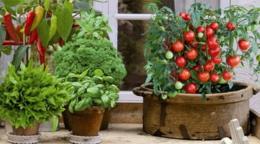
People are an integral part of the ecosystem created by nature and it is quite difficult for them to exist happily in the conditions of modern urban life, where materials of artificial origin are largely present.
Some city residents try to supplement their contact with wildlife by working in their dacha vegetable garden or in the garden, but, unfortunately, activities of this kind can only be done in the warm season.
Content:
- Do-it-yourself vegetable garden on the balcony - choosing suitable plants
- Let's organize a city on the balcony in the summer
- Preparing seeds and growing seedlings yourself
- Making a planting plan
- We select the soil for the vegetable garden on the balcony competently
- About the need for additional lighting
- Optimal temperature conditions
- How to increase air humidity
Do-it-yourself vegetable garden on the balcony - choosing suitable plants
Those who like to grow indoor flowers in apartment conditions know very well how pleasant it is. However, there is a more exciting activity - this is the arrangement of a vegetable garden on the balcony in a city apartment.
In cases where high-quality repairs have been made to the balcony, including good insulation, it can be used as a greenhouse. In other words, grow a variety of vegetables on it, the fruits of which are not very large, aromatic herbs, healthy berries and even mushrooms.
Some even manage to grow carrots and eggplants, but for planting they use seeds only of those varieties that do not require a large amount of space for the growth of the plant itself. But you shouldn’t even try planting corn, pumpkins or zucchini, since the area will be too small for these vegetable crops.
The most suitable for planting will be those vegetable crops whose root system does not require large quantities. land for active growth.
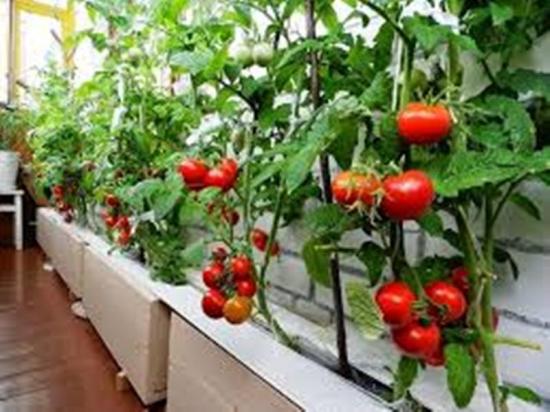
There is certainly a point in creating a home garden. Beginners in this field can use both the existing work of their predecessors and become experimental innovators in this direction.
The main task is to decide to implement your plan, and then, with great pleasure, watch the developing and fruitful result.
Berries
The most commonly planted berries in balcony conditions are strawberries and strawberry. In order to harvest from spring to autumn, it is enough to select the right varieties with a long fruiting period, create suitable conditions, and provide proper care.

Growing berries of these varieties will give apartment gardeners not only aromatic and fortified fruits, but will also provide aesthetic pleasure from watching the berries bloom and ripen.
Growing aromatic herbs
A vegetable garden on a balcony for beginners can be started by planting herbs such as Melissa, mint, marjoram. They can be used all year round to prepare a variety of dishes. Their different leaf colors will become a decoration in no way inferior to the already familiar and beloved apartment flowers.
Mushrooms
A vertical garden on the balcony can be organized for growing mushrooms. Species such as oyster mushrooms and honey mushrooms are suitable for this. It’s immediately worth noting that honey mushrooms require less attention, time and effort to care for.
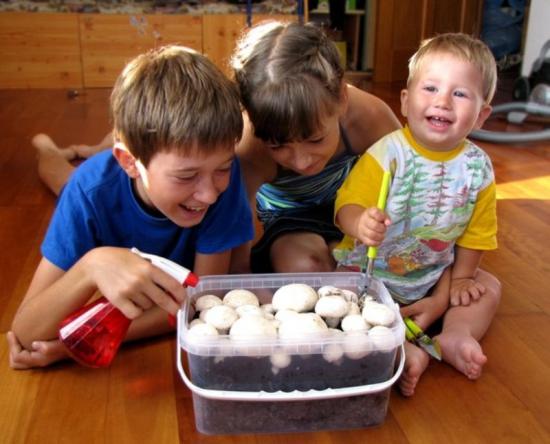
If the conditions for their active growth are correctly created, namely a certain length of daylight hours and maintaining constant humidity, you can get a very good harvest.
Let's organize a vegetable garden on the balcony in the summer
Having made the final decision about what exactly will be planted on the balcony, you can move on to solving the next important question: in what exact time period it is necessary to plant the plants. The main thing in this matter is the orientation of the room to one of the cardinal directions.
For example, a landmark facing the south will provide the plants with a sufficient amount of light, which means planting can begin in mid-April, and, moreover, planting seeds You can immediately move to a permanent place of growth.
The west-facing balcony receives less sunlight. Therefore, it is better to plan planting no earlier than mid-May. A north-facing balcony is also quite suitable for growing a small vegetable garden on it. Planting here should take place no earlier than June.
The process of fruit formation can be accelerated. To do this, you can grow it yourself or purchase seedlings of the desired plants and plant them, not seeds. If the seedlings are grown at home, then every couple of days, the container in which it is located must be turned on different sides in relation to the window. This will allow you to grow the strongest and most even seedlings.
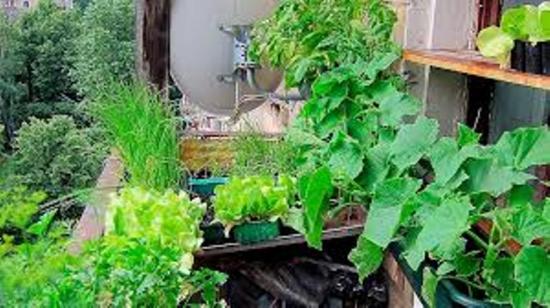
Helpful advice.If you decide to grow strawberries, it is worth remembering that its seedlings, being in a warm room for a short time, understand this as the beginning of the spring period and therefore enter a phase of active growth and development.
Therefore, in order to grow both strawberries and strawberries all year round, it is enough to insulate the balcony well.
Preparing seeds and growing seedlings yourself
To reap a good harvest from balcony beds, seeds for planting need to be prepare. This process is carried out by analogy with how seeds are prepared for planting in an open bed on the site. In other words, the seed is soaked for about a day.
Soaking is especially necessary for those seeds that contain essential oils. (carrot, for example) or the shell of which is quite dense. Before soaking, the seeds should be placed in gauze bags and only then placed in previously prepared containers with clean and settled water.
Containers with soaked material are placed in a dark place and the water in them is changed after every fourth hour. The seeds, meanwhile, are given the opportunity to breathe oxygen.
Making a planting plan
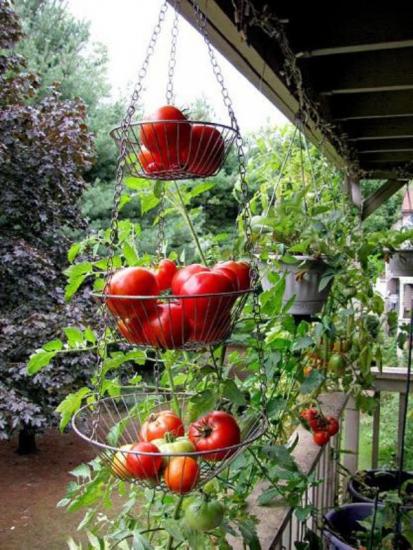
Before starting almost any work, you need to make a rough plan. The same plan of organizational work must be drawn up before starting to arrange a vegetable garden on the balcony.
Its main points should be:
- selection of containers for planting
- garden soil on the balcony
- organizing the right illumination
- methods of maintaining the desired temperature.
You can sow seeds for seedlings: in plastic and wooden boxes, containers of any shape and size, flower pots and other containers that allow you to easily place soil in them. Without fail, any container used must have holes at the bottom that will ensure the drainage of excess liquid. Small plastic glasses are also suitable for sowing.
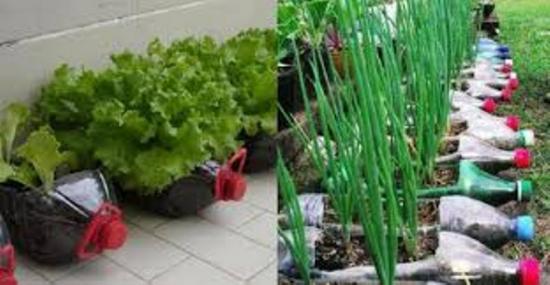
The volume of containers in which plants are planned to be permanently located is determined solely by the need for each species for normal development root system. On average, for the normal development of a plant you will need at least 3 liters of soil.
On a balcony with a small area, containers with vegetable crops can be placed not only in the horizontal, but also in the vertical plane. This will save a lot of space and place many more containers.
Arrangement in a vertical plane involves the arrangement of various structures: placing metal hooks on the walls for attaching boxes to them, constructing shelving, and so on.
We select the soil for the vegetable garden on the balcony competently
The soil for a vegetable garden on the balcony should be loose. It can be purchased at a specialty store. Each package of soil intended for planting garden crops has marks that give the buyer the opportunity to understand for which plant it is most suitable.
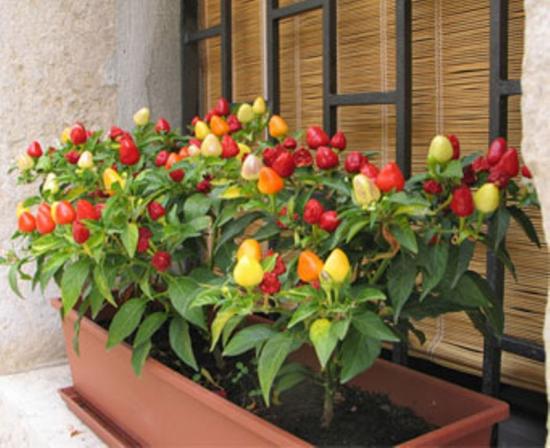
Experienced gardeners prefer to pour boiling water over it or warm it well in the oven before planting plants in such soil. If desired, you can make a similar mixture yourself. There may be several options for such mixtures.
To create the most commonly used one, you will need to mix the following ingredients:
It is better to prepare the ingredients for making your own soil in advance, in the summer, and store them in a cool room until use.
About the need for additional lighting
Lighting is also important, especially for gardening on the balcony in winter. The duration of additional lighting directly depends on the time period in which the plants were planted in the soil.
For example, in winter, the additional lighting time can be up to 8 hours daily, and with the arrival of spring it can be reduced to 4 hours. Additional lighting is provided using phytolamps or fluorescent lamps.
The location of the lamps must be carefully considered and it is imperative to take into account the fact that over time, as seedling, so the plants will grow. Neither leaves nor branches should be in close proximity to the lamps.
When the vegetable garden is located on the windowsill in the apartment, it will be most convenient to place the lamp in the window opening directly next to the containers with plants.
In summer, especially if the window or balcony faces the sunny side, you need to worry about shading the plant. Otherwise, from an excess of too much active sunlight, you can lose not only the harvest, but also ruin the plant as a whole. Both gauze and paper are suitable for shading.
Optimal temperature conditions
The temperature regime that will need to be maintained for the active growth of plants will directly depend on the stage of their development and type. It can range from 14 to 26 degrees.
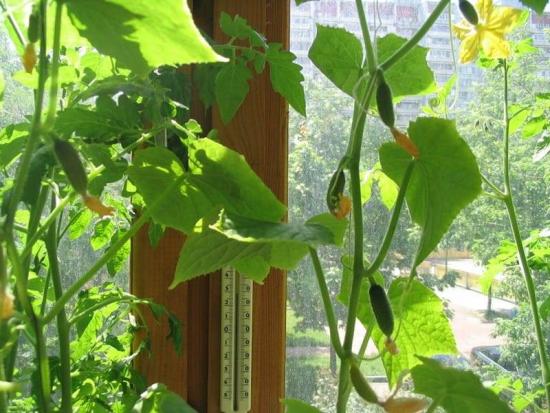
A thermometer should become a mandatory attribute when organizing a vegetable garden on an open balcony.For plants grown on a windowsill, the latter will have to be well insulated. Regarding windows, metal-plastic ones would be ideal.
It is possible to grow garden crops on a balcony area in winter, but only if the loggia or balcony is well insulated and heated.
How to increase air humidity
Providing humidity is also important. Leaving a plant in a room that is too dry for a long time will most likely lead to quite detrimental consequences. Ensuring sufficient humidity is a prerequisite for active plant growth and good harvesting. harvest.
Indoors you can use special devices for humidification, and on the balcony it will be enough to organize a box filled to the top with gravel and wet it periodically.
Let's watch a video about organizing a vegetable garden on a balcony without much expense with your own hands:
Test video

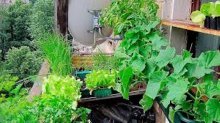
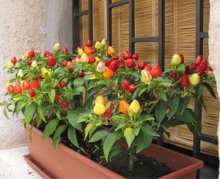

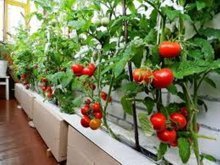

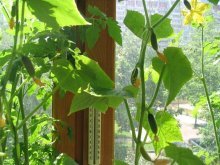
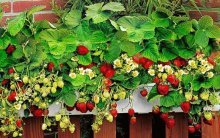


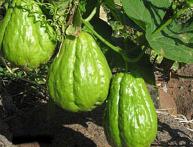


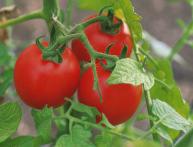

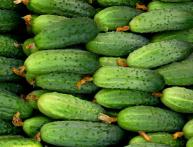

Comments
I tried growing strawberries and some herbs. They are growing great. Green onions also produced a harvest. It is important to create comfortable conditions of lighting, humidity, fertilizer, then the result will please you.
I also tried to grow a lot of things, but settled on greens and remontant strawberries. For other crops, you need a larger room, otherwise you will end up with a greenhouse rather than a balcony at home.
In the summer, my grandmother organizes something similar on the balcony, mainly onions and a couple of tomato bushes, and this year we also had beautiful petunias. We have a very small balcony.
The balcony area is quite limited, so I prefer to grow berries there; strawberries really produce a small harvest with minimal care. I'm not a big fan of making flowers.